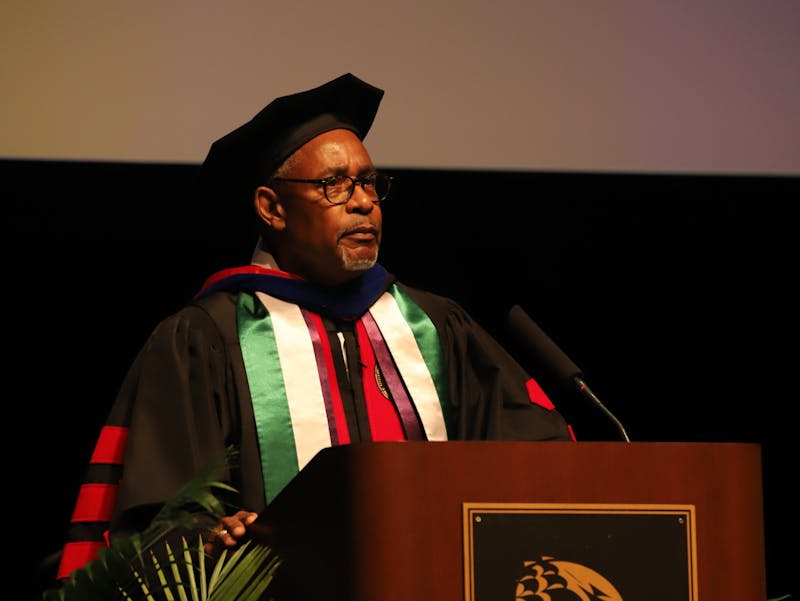Radio has long been one of the world’s primary sources for entertainment and news, but it has gone through many transitions, such as the creation of FM radio and SiriusXM satellite radio.
The audience for radio has remained relatively stable over the years, attracting new generations of listeners since its inception in the late 1890s.
The creation and rise of several radio alternatives in recent years, however, raises the question: will radio be able to maintain its influence over the next decade and beyond?
Traditional AM/FM radio reached its peak between the ’20s and ’30s when it became the first broadcast medium in history. Families would gather around a huge radio system in the family room to listen to the news and different programs on air.
The invention of television in the 1940s slowly started to attract radio’s listeners, and overtook radio as the primary medium in the home.
This is not to say that radio died off and became outdated, as the medium still kept a lot of its popularity. The creation of Sirius satellite radio in 2002 gave a big boost to radio listenership and put radio back on the scene in many homes and vehicles. In 2017, SiriusXM brought in more than $5 billion, making it one of the leading names in satellite radio.
General broadcast radio has also still thrived in this century, as a 2018 report by Nielsen found that radio has taken over the top spot as the medium with the widest reach in the United States — reaching 93 percent of adults aged 18 or higher every week in the second half of 2017.
National Public Radio (NPR) is also a huge outlet in terms of its audience, claiming more than 28 million listeners per week over the airwaves and almost 41 million on its website each month.
There is some reason for concern, however.
Matt Trust — the former program director of WSYC, Shippensburg University’s radio station, and current media coordinator for the Hershey Bears — believes the takeover by major radio corporations like iHeartMedia can damage the diversity and originality that smaller, homegrown radio stations bring to the table.
SU communication/journalism professor — and WSYC adviser — Ted Carlin sees that appeal still present in the local stations. According to Carlin, traditional radio cannot compete with streaming sources in strictly the music category, but it is the local news and traffic that hometown radio provides that puts it above the rest.
Apps like Spotify and Apple Music have become major players in the audio and broadcast market, attracting nearly 70 percent of listeners in the 15–34 age range in America, according to a study by Spotify and TNS in 2016.
The new generation has largely turned to these convenient and accessible forms of audio entertainment, including podcasts.
Another study by Nielsen in 2017 found that 44 percent of the American population has listened to a podcast, and nearly 50 million people listen to podcasts on a weekly basis.
These new media forms are the biggest threats to radio, but if it was able to withstand the rise of television, there is no reason to believe radio will cave to a new generation of media outlets.
Radio is as popular as ever, and history shows that it will most likely remain that way. Carlin said that as long as car companies continue to provide AM/FM radio in their vehicles, radio will continue to be a constant power in the media scene.


The Slate welcomes thoughtful discussion on all of our stories, but please keep comments civil and on-topic. Read our full guidelines here.